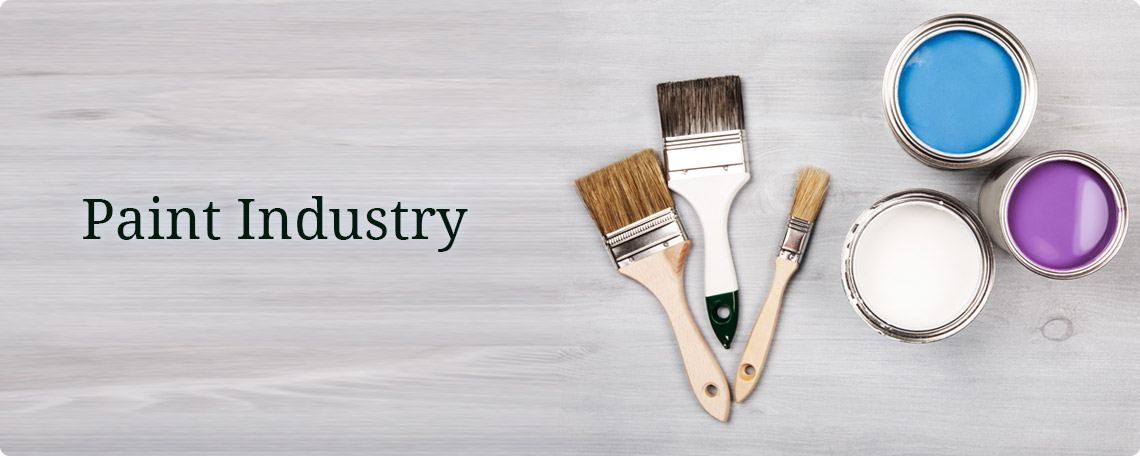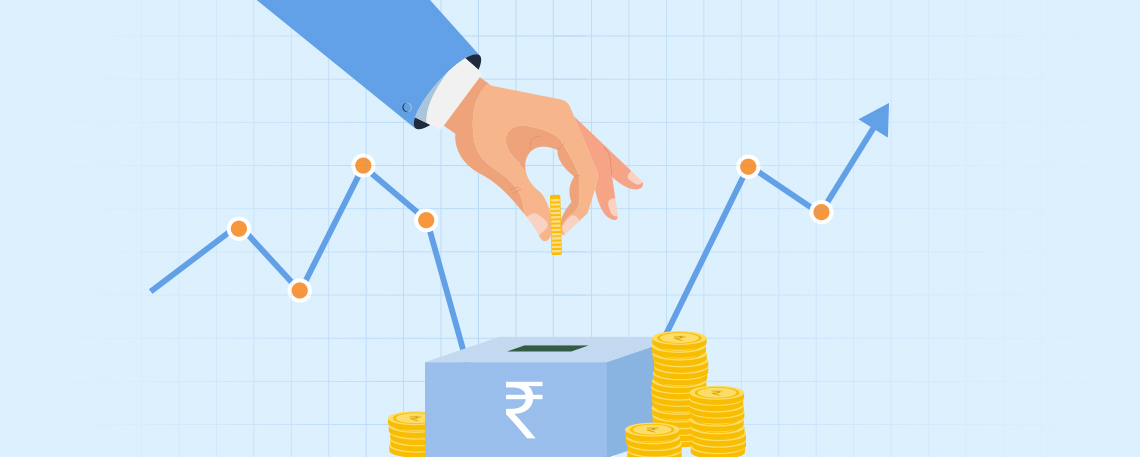stockaxis Market Intelligence (Commentary for October 2019; Outlook for November 2019)
November 07, 2019
|
We are pleased to present to you our monthly market commentary and outlook for the forthcoming month. The ‘stockaxis’ Market Intelligence’ is a quick update on the markets for the month gone by and our view for the next month. Use our sharp and crisp synopsis to continue building your wealth!
Global Trends
- A report by the World Economic Forum and Ola Mobility Institute states that India has the potential to become one of the largest electric vehicles (EVs) markets in the world.
- World Economic President and member of its managing board, Borge Brende said that India is expected to achieve its vision of becoming a $5 trillion economy in the next 5 years and a $10 trillion economy in the next 15 years as a result of its decisive leadership.
- According to the World Development Report 2020 titled ‘Trading for Development in the Age of Global Value Chains’, reforms can help developing countries change their export profile from commodity exports to basic manufacturing, which will bring about economic benefits to the society.
- International Monetary Fund’s (IMF) Director of Fiscal Affairs Department stated that India is undergoing a transformation to become a major player in the world economy while recognizing the need for an environmentally sustainable development strategy.
- According to the World Bank, India has halved its poverty rate since the 1990s and achieved a growth rate exceeding 7% over the last 15 years.
- The International Monetary Fund (IMF) approved of India's decision to reduce corporate income tax rates stating that it would help revive investments.
- India rose 14 places to reach the 63rd position on the World Bank's Ease of Doing Business rankings. The country figured among the top 10 performers for the third time in a row.
- According to The Economist Intelligence Unit's 2019 Global Microscope on Financial Inclusion report, India is among the top nations with the most conducive environment for financial inclusion in terms of allowing non-banks to issue e-money, proportionate customer due diligence and effective consumer protection.
Domestic Trends
- According to the India Meteorological Department (IMD), India recorded the highest rainfall this monsoon since 1994.
- India’s foreign exchange reserves touched a record high of $434.6 billion as on October 1, 2019.
- According to a report commissioned by the Union fertiliser ministry and the Niti Aayog to global firm MicroSave Consulting (MSC), the government has saved $1.54 billion (about Rs 10,800 crore) in the first year of implementation of the direct benefit transfer (DBT) scheme for fertilisers.
- Monthly business figures released by the Insurance Regulatory and Development Authority of India (IRDAI) showed that new premium income of life insurers rose 15% to Rs 20,056.70 crore in September.
- A report by PropTiger.com revealed that India's nine major property markets may see a delivery of nearly 7.95 lakh housing units between October 2019 and December 2020.
- According to a report by Counterpoint Research, India’s smartphone shipment reached the highest-ever quarterly shipment at 49 million units in the July-September 2019 quarter, growing 10% year-on-year.
- According to Grant Thornton's quarterly PE Dealtracker, private equity funds recorded an all-time high investment of $9.4 billion in the third quarter this year.
- According to The Economic Times, the government is planning to build 100 new airports, add 1,000 new routes connecting smaller towns and establish a plane-leasing financing business by 2024.
- According to a report by RedSeer Consulting & bigbasket.com, retail penetration of online food & grocery will grow at 20% to 11.8% or $118 billion by 2020 from the current 10% or $82 billion.
Market Trends
- An Ernst & Young (EY) report revealed that India Inc raised $0.86 billion (around Rs 6,000 crore) through 10 initial public offerings (IPOs) in the July-September quarter of this year and the IPO market is expected to gain momentum in the first half of 2020.
- FIIs recorded a net inflow of Rs. 8,595.66 crore in October 2019 against net outflow of Rs. 6,624.05 crore in September 2019.
- The Nifty closed at 11877.45 on 31st October 2019 against 11,474.45 on 30th September 2019, having risen by 403 points over the previous month.
- The Nifty 50 P/E ratio was at 27.38 at end-October 2019 against 26.44 at end-September 2019. The average P/E ratio for the past 12 months is 27.34.
Highlights
- The Good: Good monsoons, Government’s initiatives on reviving economic growth, green shoots of economic revival
- The Bad: US China trade wars, Brexit, high probability of recession in US and Europe
Paint Industry: Attractive investment opportunity
The Indian Paint Industry, which consists of paints, varnishes, lacquers, etc. is estimated to be valued at Rs.50,000 crore. The industry can be broadly classified into two segments – decorative paints and industrial paints. Decorative paints include wall paints and enamel, primers, putties, etc. Industrial paints include paints for the auto sector, powder coatings, etc. The decorative paints segment forms a large chunk of the overall industry (about 75%) with the balance being formed by the industrial paints segment. The industrial paints segment, which entails application of technology, is relatively more organized than the decorative paints segment. However, the scenario has changed after implementation of GST (Goods and Services Tax), which has led to the industry shifting to the organized segment. In FY 2018-19, the top players accounted for about 70% of the market share of the overall sector. Successful companies in this sector have a strong supply chain management, inventory management, robust product portfolio and strong R&D.
Raw material forms the major cost component (more than 50%) followed by selling and distribution costs and employee costs. There are more than 300 components that form the sector’s raw materials. Raw materials primarily include resins, pigments, solvents and additives. A large portion of the raw materials are derivatives of crude oil, which implies that their costs are related to crude oil prices. Additionally, costs of raw materials that are imported are also vulnerable to exchange rate fluctuations.
A number of paint manufacturers are now manufacturing water-based paints, which require lesser crude-based raw material components, and hence, are less sensitive to movements in crude prices. Companies are also seeing a rise in demand for water-based paints due to their properties of corrosion resistance, high gloss, ability to clean, etc. This is a win-win situation for both the manufacturers and consumers since these paints offer higher margins for the former and are available at reasonable prices to the latter.
stockaxis’ Outlook for November 2019
The government’s focus on ‘Housing for all by 2022’ and infrastructure development, and reduction in GST from 28% to 18% will give this sector a strong boost, which will reflect in the bottomlines of the companies in this sector. Additionally, the ‘repainting’ segment is seeing shorter time frames from 6-8 years to about 3-4 years, which will also give a fillip to demand.
FY18-19 saw the industry grow at about 12% in volume terms and about 15% in value terms. Going forward, the industry is expected to see significant growth as a result of rapid urbanization, increasing disposable incomes of the middle class, government’s thrust on economic growth (and infrastructure growth) and companies’ focus on R&D to develop new, eco-friendly paints that are dust and water resistant. Companies that are able to innovate and efficiently manage their inventory and supply chain will be the outperformers.
We, at stockaxis, are constantly on the lookout for great businesses run by honest promoters that are available at the right price with sufficient margin of safety. Our stringent stock selection guidelines and clearly stipulated entry and exit points make equity investing a ‘rich’ experience for our investors!







